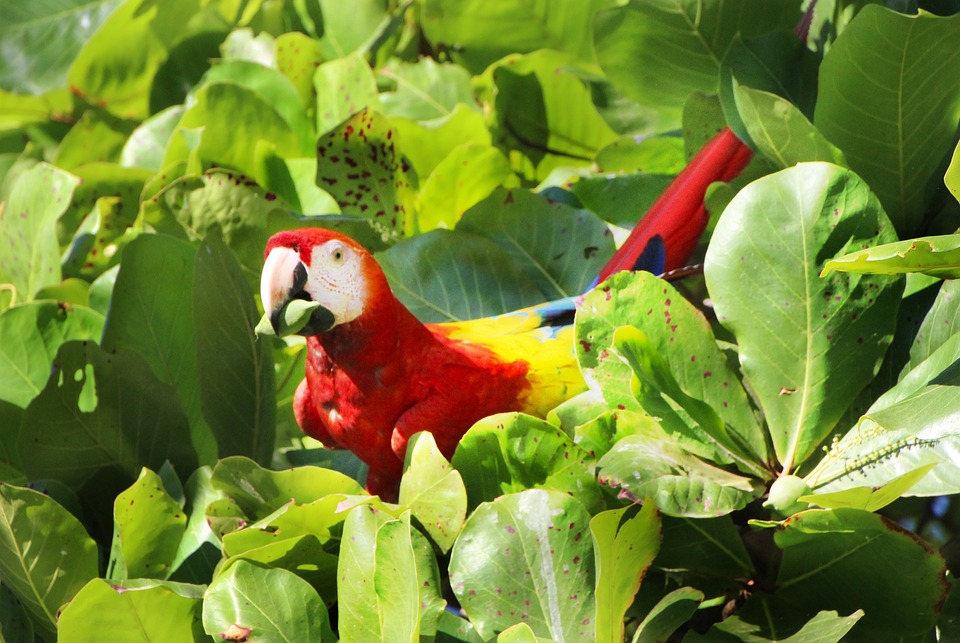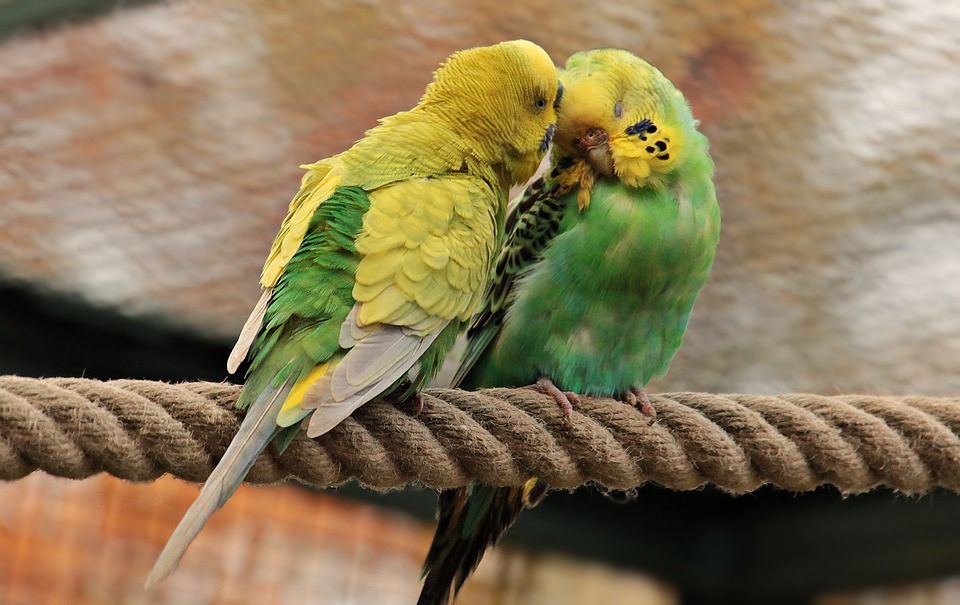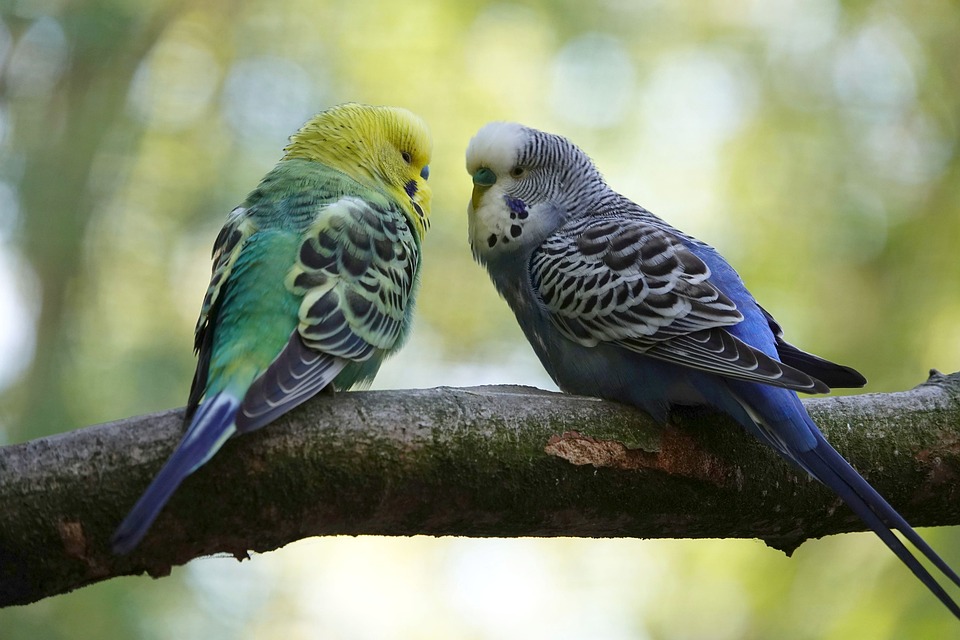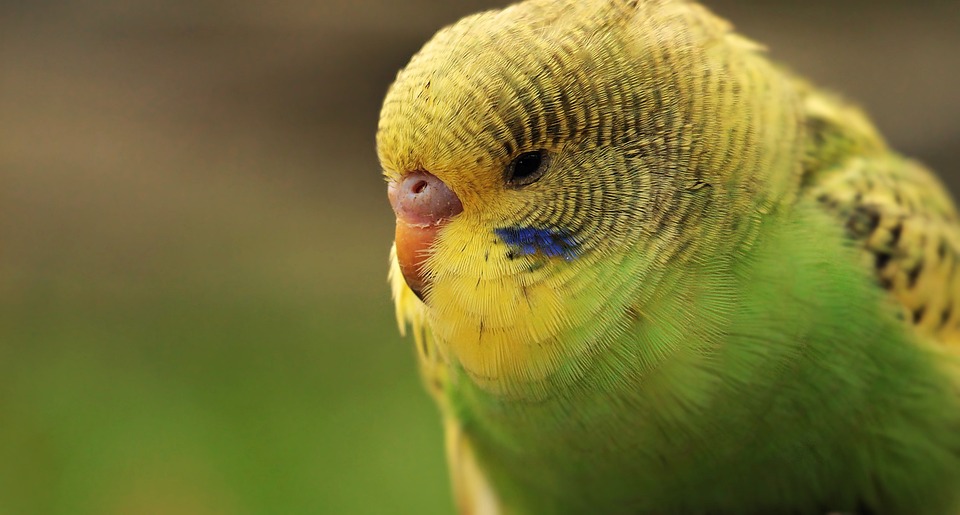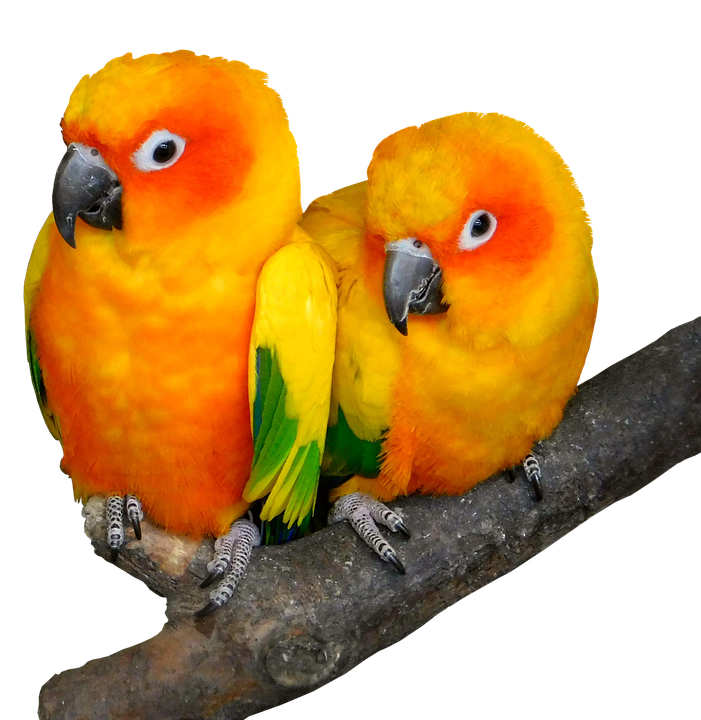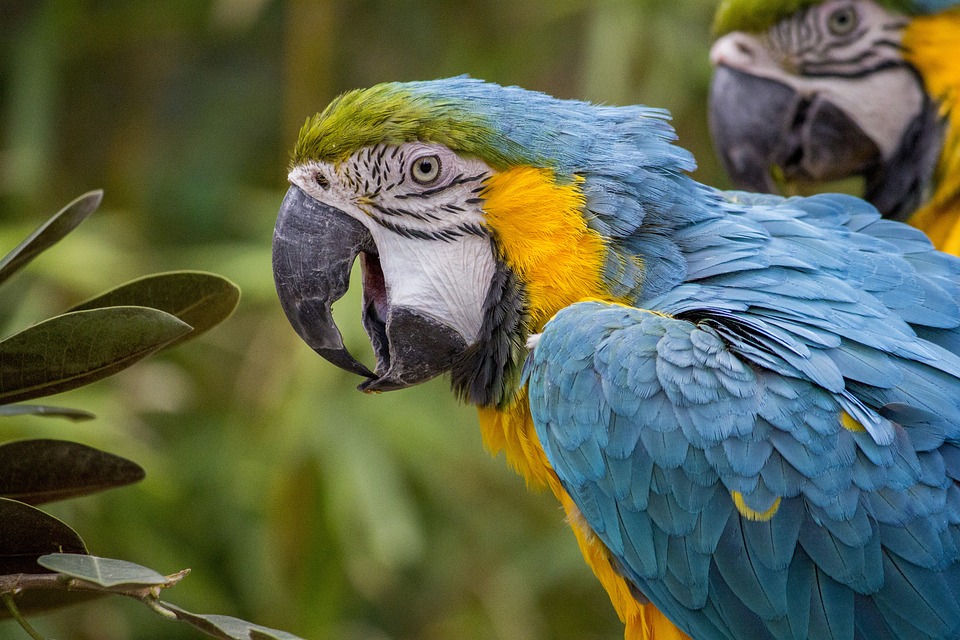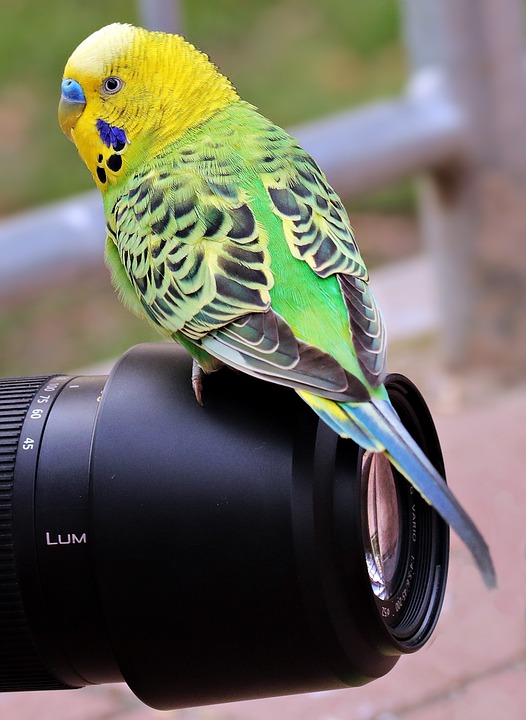Parrots, with their vibrant feathers and exceptional intelligence, are beloved pets for many people. However, they can also exhibit fear-based behaviors that may hinder their overall well-being and interaction with their human companions. These behaviors, such as excessive screaming, biting, feather plucking, and self-mutilation, can be distressing for both the parrot and their caregiver. Understanding the underlying causes of these behaviors and utilizing positive reinforcement techniques can help address and mitigate them, leading to a harmonious and fulfilling relationship with our feathered friends.
One of the main causes of fear-based behaviors in parrots is past trauma. Parrots that have experienced abuse or neglect in the past may develop fear-based behaviors as a defense mechanism. These behaviors serve as a way for the parrot to protect themselves from potential harm. Lack of socialization is another common trigger for fear-based behaviors. Parrots that have not been adequately exposed to different environments, people, and stimuli during their early developmental stages may exhibit fear-based behaviors due to a lack of familiarity. Environmental factors such as loud noises, sudden movements, or unfamiliar objects can also trigger fear-based responses in parrots, as they are highly sensitive to changes in their surroundings.
Positive reinforcement is a powerful tool that can be used to modify fear-based behaviors in parrots. By employing positive reinforcement techniques, we can encourage parrots to adopt more desirable and confident behaviors. The first step in using positive reinforcement is to identify and understand the specific triggers that cause fear-based responses in the parrot. Carefully observing the parrot’s behavior can help pinpoint these triggers, allowing the caregiver to take appropriate steps to minimize or modify the parrot’s exposure to them.
Creating a safe environment for the parrot is crucial in addressing fear-based behaviors. Providing the parrot with a secure and enriched living environment, such as an appropriately sized cage equipped with toys and perches, can help alleviate stress and anxiety. It is also essential to locate the cage in a quiet area, away from potential stressors.
Gradual exposure and desensitization are effective techniques in overcoming fear-based behaviors. Introducing the parrot to the triggers that cause fear-based behaviors in a controlled and gradual manner can help them become more comfortable and confident. Starting with a low-intensity exposure and gradually increasing the intensity while rewarding the parrot with treats or praise for remaining calm can help them develop positive associations with previously feared stimuli.
Counter-conditioning is another useful strategy in addressing fear-based behaviors. This technique involves pairing the fear-inducing stimulus with a positive experience. For example, if the parrot is afraid of a specific toy, gradually introducing the toy while simultaneously offering a highly desirable treat or engaging in a favorite activity can help the parrot develop positive emotions toward the toy.
Reinforcing desirable behaviors is key to encouraging the parrot to continue exhibiting calm and confident behaviors. Whenever the parrot displays these desirable behaviors, rewarding them with treats, praise, or their favorite activity can strengthen the association between positive behaviors and positive outcomes.
While positive reinforcement can significantly reduce and modify fear-based behaviors in parrots, complete elimination may not always be possible, especially in cases where the behaviors stem from past trauma or extreme fear. It is essential to approach these behaviors with patience, consistency, and understanding.
The timeframe for seeing results using positive reinforcement can vary depending on the individual parrot’s personality, past experiences, and the intensity of their fear-based behaviors. Some parrots may show progress within weeks, while others may require several months of consistent positive reinforcement.
When implemented correctly, positive reinforcement techniques are safe and beneficial for parrots. However, it is crucial to avoid unintentionally reinforcing undesirable behaviors. Seeking guidance from a qualified avian behaviorist or veterinarian can ensure that positive reinforcement is being used effectively.
Positive reinforcement can also be effective in addressing aggression in parrots. However, it is essential to identify the underlying causes of aggression and address them accordingly. Consulting with an avian behaviorist is highly recommended for dealing with aggression in parrots.
By employing positive reinforcement techniques and addressing fear-based behaviors in a compassionate and patient manner, we can create a nurturing environment for our parrots. This approach fosters their emotional well-being and strengthens the bond between parrot and caregiver. Each parrot is unique, so tailoring the approach to suit their individual needs and always prioritizing their comfort and safety is crucial. With time and effort, fear-based behaviors can be effectively managed, allowing our parrots to thrive and enjoy a happy and fulfilling life.

